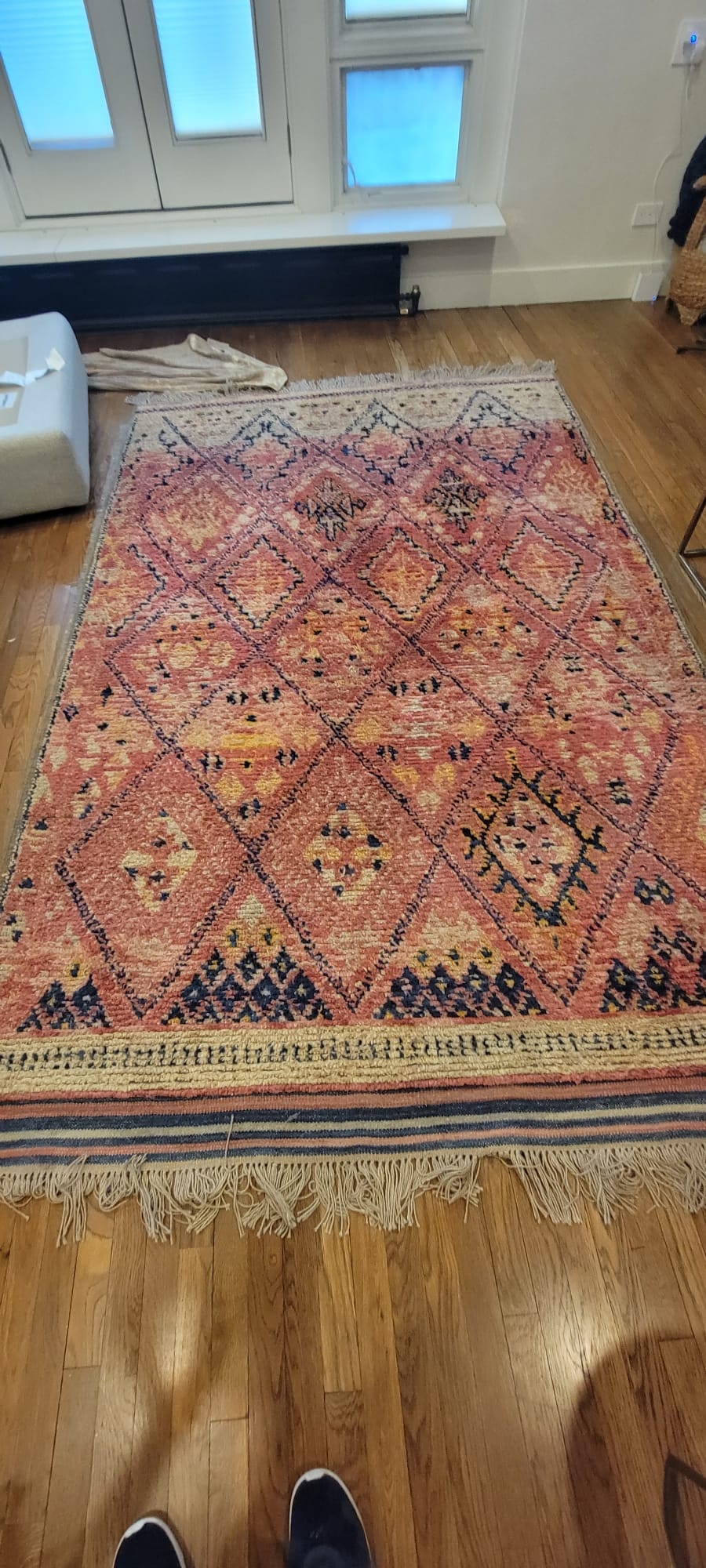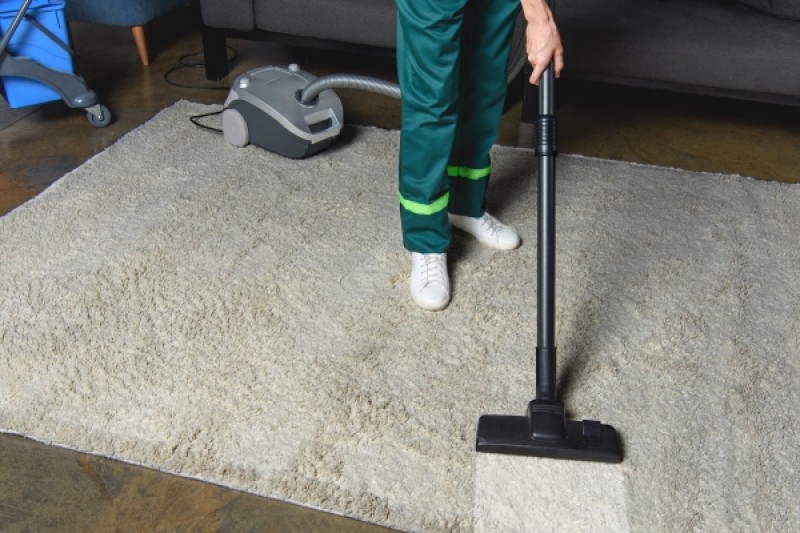Oriental rugs represent an excellent investment as they are built to last, get better with age, and never go out of fashion. These gorgeous pieces of textile art will stay in your home for generations and with proper care. But how are oriental rugs made and what are they made of? And of course, why are they so expensive!? We will answer these questions here.
Materials of Oriental Rugs
You might be wondering what oriental rugs are made of. These Drugs are made from a variety of fabrics, but mostly from wool, silk, and cotton. These materials are in different places within the rug structure. Some oriental rugs are made entirely from silk or from wool, while other combinations are silk weave and wool foundation and wool weave and cotton foundation.
Oriental Rug Making Process
How oriental rugs are made is an intricate, hand-made process. Persian rugs, which are made in similar ways follow these steps as well. Here are the main steps, more or less, of crafting an oriental rug:
Gathering Yarn
Depending on the yarn type, the materials are gathered from different places. Wool is gathered from sheep or goats. Silk is harvested by boiling or heating the cocoons of silkworms and unraveling the fibers by hand. Cotton is gathered from cotton plants and spun into yarn.
Dyeing the Yarn
Depending on the fabric, the yarn dyeing process differs. Yet the fundamentals of yarn dying whether it be silk, wool, or cotton is exposing the natural dye to the fibers and allowing it to penetrate deep into the fiber. There are several intricate methods to do this and it takes years to master. If not done properly the dye will sit on the outer crust of the fiber and will be prone to bleeding
Looming and Weaving the Rug
A loom is a structure consisting of two horizontal beams positioned in front of the artisan. The individual operates the loom to slowly create the oriental rug, strand by strand as each of the vertical strands of wool, cotton or silk that make up the rug’s foundation. This phase is the most time-consuming and multiple weavers can work on the same item.
Washing the Rug
Washing removes loose material, and the blocking and the stretching processes help flattening out the fibers to eliminate wrinkles. The rug is ironed out to eliminate all wrinkles and the pile is sheared to remove stray threads.
Why Are Oriental Rugs So Expensive?
Oriental rugs are unique and handmade. Each oriental rug is one of a kind and the product of the artistry of a craftsman. Even if the rug design is influenced by the region where it originates, the exact motifs and style of each piece are unique. Singularity is also a factor that contributes to the high price. The most expensive oriental rug ever is a ’17th Century Antique Persian Carpet’ which sold for $33 million in 2013, at the Sotheby auction house in New York.
Oriental Rug Care
Even if your oriental rug isn’t a collector’s item, these pieces are worth preserving. Preservation requires a few easy steps.
Vacuum or Beat Regularly
Because these rugs are often hand-knotted, meaning the back of the rug contains thousands of knots that, together, create the rug, dust can work its way into the knots of the rug, slowly wearing away the fibers. That’s why its a great idea to regularly vacuum the rug with a beater bar on the vacuum and even better, take the rug outside and beat it with a stick. You will be shocked at how much dust it accumulates
Avoid Sunlight
Many oriental rugs use natural dyes which are not designed to withstand the UV rays of the sun. Having the rug avoid direct sunlight will preserve the rug’s colors over time.
Regular Cleanings
Don’t put it in the bathtub! Oriental rugs obviously require professional cleaning, and they often clean up very well. You can hire a rug cleaner to steam clean your oriental rug if it’s wool or cotton in your home. If it’s silk, it must be taken away for facility cleaning. If you really adore your oriental rug and want it to last the longest, its always best to send it away for facility cleaning no matter its fabric.
Your Professional Oriental ‘Rug Cleaner in NYC
PristineGreen is one of NYC’s top oriental rug cleaners. We hand all types of rugs and materials whether they be silk, cotton, or wool. Modern rugs, which aren’t really considered oriental, can be made of artificial silks like viscose which are incredibly difficult to clean as they are intolerant to water. We clean viscose too! If you need professional oriental rug cleaning in NYC, get a quote today!
Frequently Asked Questions
Dyeing is crucial for color longevity; if not done properly, dyes may bleed. Mastery in dyeing ensures the color penetrates deep into the fiber, maintaining the rug's vibrant appearance.
This phase involves manually weaving each strand of yarn into the rug's foundation on a loom, a process that can involve multiple weavers and takes considerable time.
Post-weaving steps include washing the rug, blocking and stretching to eliminate wrinkles, and shearing the pile to tidy up any stray threads.
Their uniqueness, handcrafted nature, and the artistry involved in each piece contribute to their high cost. Their value is also influenced by their singularity and historical designs.
A '17th Century Antique Persian Carpet' holds the record, selling for $33 million in 2013 at a Sotheby's auction in New York.
Regular vacuuming or beating to remove dust, avoiding direct sunlight to preserve colors, and professional cleaning are key to maintaining these rugs.
Sunlight can fade the natural dyes used in these rugs, diminishing their vibrant colors over time.
The making process is hand-made, involving steps like gathering yarn, dyeing the yarn with natural dyes, looming and weaving on a loom, and washing the rug to finalize its appearance.
Oriental rugs are primarily made from wool, silk, and cotton, with combinations like silk weave on wool foundation or wool weave on cotton foundation.




